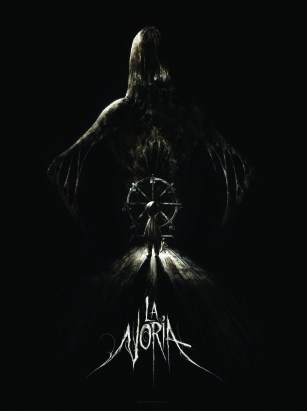A boy stands barefoot in a dark hall. Music screeches. Howls echo around him. The camera reveals his face, knotted with fear. The house shakes, and lights flicker and suddenly die. Something sinister—towering, with long spidery limbs—emerges behind him.
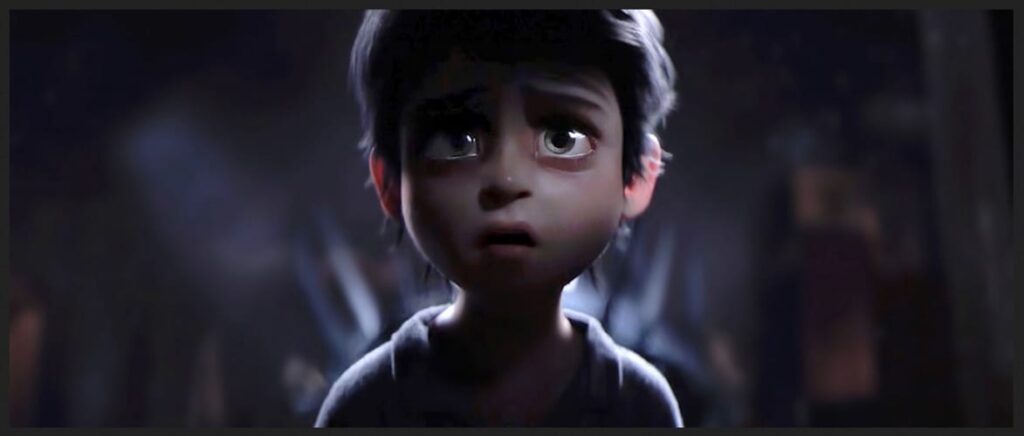
This is La Noria (“The Ferris Wheel” in Spanish), an animated short horror film written and directed by Carlos Baena, who studied in the School of Animation & Visual Effects. The film was produced by Sasha Korellis, head of production at Academy of Art University‘s StudioX.
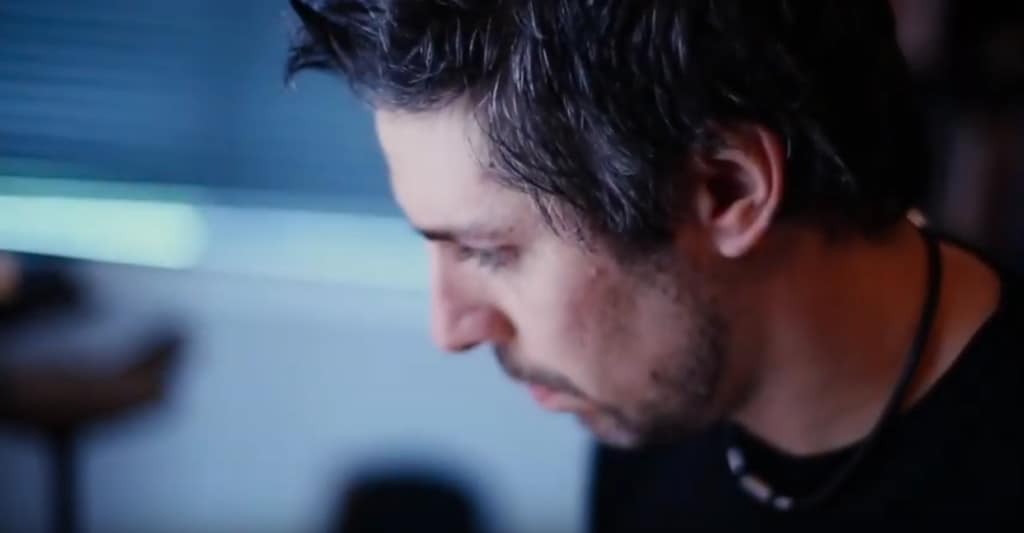
StudioX is a production environment for teaching animation. It’s unique to the Academy of Art and allows students to build their animation portfolios. Films that StudioX students contributed to include Beasts of the Southern Wild, Fruitvale Station and many others. It has helped put the Academy among the world’s top animation schools.
From Academy Studio to Global Festivals
Since its release last September, Baena’s short film has been selected for more than 70 festivals and has won 28 prizes. At the 2019 Tribeca Film Festival, La Noria was part of a shorts series curated by Whoopi Goldberg. It’s also been accepted to the Newport Beach Film Festival and, fittingly, the Transylvania International Film Festival.
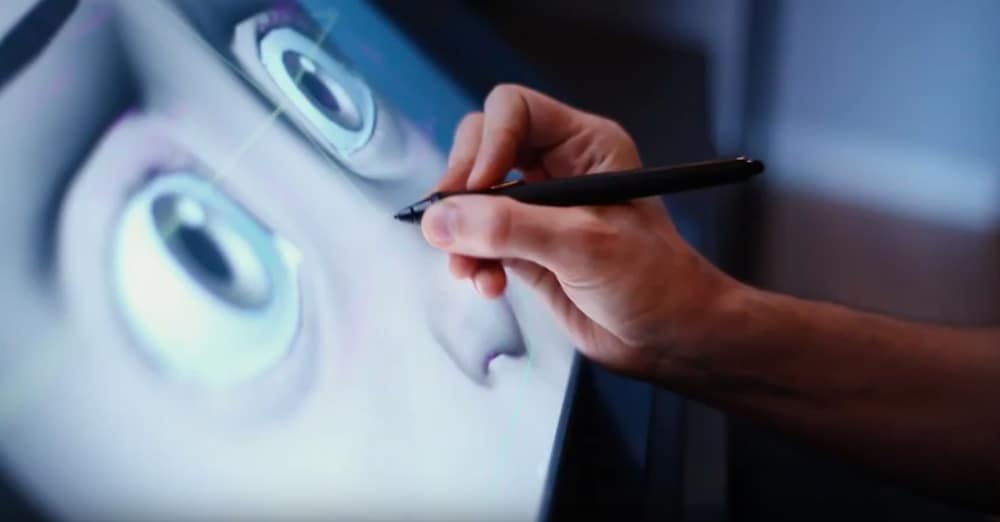
“The animation style of La Noria is actually pretty unique. We tried to do something very different from a 3D animated film,” says Korellis. It’s all the brainchild of Baena—who has worked as an animator on such films as Finding Nemo, WALL-E, Monsters University, Toy Story 3 and Ratatouille.
La Noria is dark—literally. The darkness holds the viewer in a powerful way. It’s told from the boy’s point of view, as he confronts a horde of creatures. “We weren’t afraid to go dark,” says Korellis. “We really took those risks of trying to push that style and cinematic quality.”
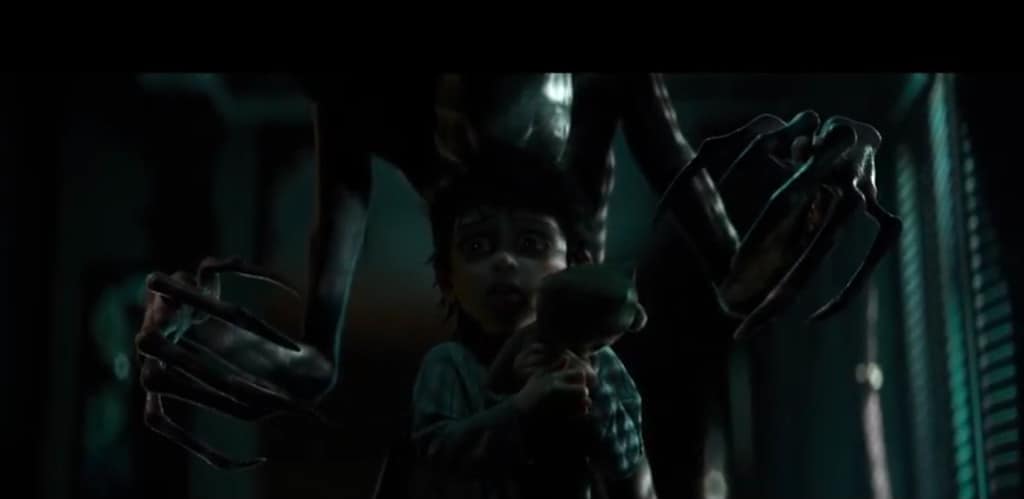
From a Personal Place
It is also about confronting darkness despite pain, says Baena. The story is inspired by his personal struggles.
“I found myself in, I guess you could say, a dark spot. A lot of things were going as bad as you could get,” he recalls. “Through therapy I learned that sometimes things are there for a reason. Sometimes you have to go through something really hard to, first, appreciate the good, second, feel stronger, and third, not be afraid.”
“I found myself in, I guess you could say, a dark spot. A lot of things were going as bad as you could get,” he recalls. “Through therapy I learned that sometimes things are there for a reason. Sometimes you have to go through something really hard to, first, appreciate the good, second, feel stronger, and third, not be afraid.”
Baena changed this into a story about a kid running away from monsters. Yet there’s a poignant, uplifting message.
“We call it ‘dark with heart,’” Korellis says.
In Pursuit of Passion Projects
The heart, according to Baena, is essential. “Horror for the sake of horror doesn’t interest me. But when it’s balanced with emotions, heart or comedy, it makes it have a lot more depth.”
La Noria was a years-long passion project. “When Carlos pitched it to me back in 2011, he showed me the original concept art,” says Korellis. “I was blown away…it was extremely ambitious.”
Baena says animated horror is unique. “I was lucky enough to have people like Sasha believe in me from the very beginning. We wanted to do something different in animation. To see people react positively to it, is bigger than any award.”
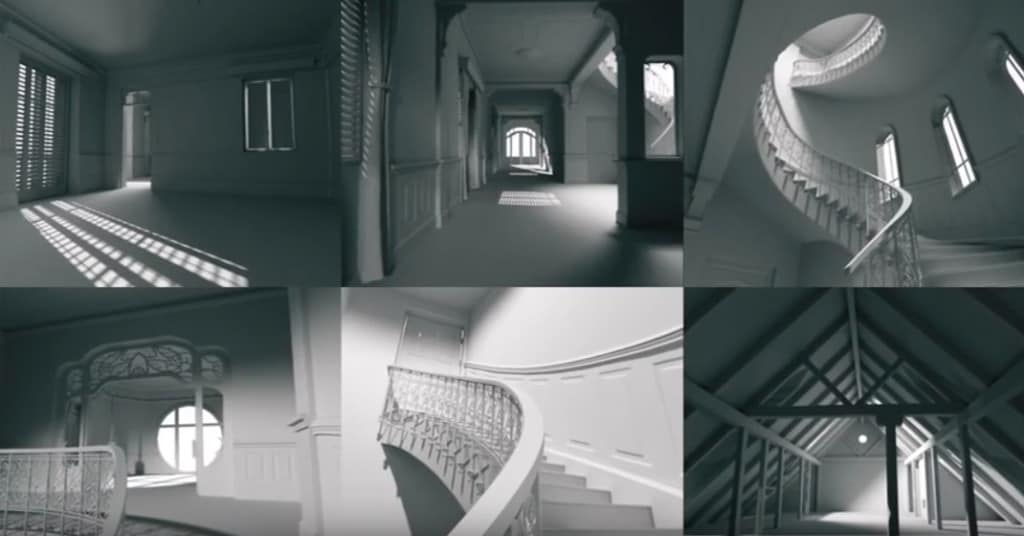
Original article by Cristina Schreil published in Academy Art U News
Images courtesy of Sasha Korellis
